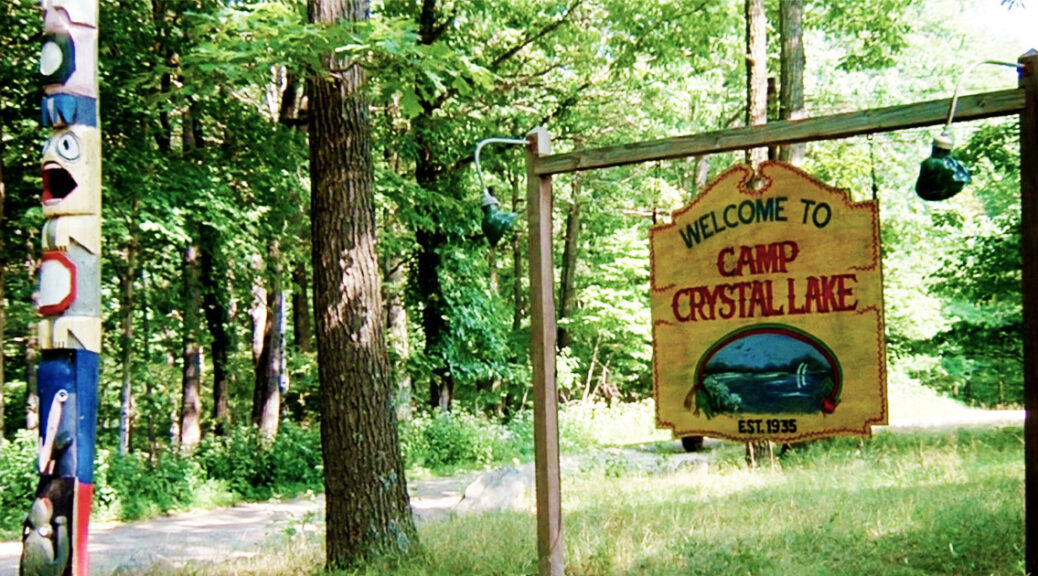To some, it’s a lovely spot for a holiday or a proposal or just a little picnic. But we know better. Filmmakers have long taken advantage of the idyllic yet dangerous nature of a lake for horror. Almost always, it’s the irony, of finding death and mayhem exactly where you’re expecting joy and frivolity that makes lakeside horror so compelling.
Here are our favorite horror movies side at a lake.
5. Lake Mungo (2008)
This deceptive slow boil of a documentary is two movies in one: the one you think you’re watching and the one beneath. The obvious film is a clever true-crime bit, constantly introducing new information and fascinating twists, each delivered by incredibly authentic performances.
Alice Palmer drownd. Her parents and brother are having a hard time accepting it, and the noises coming from her bedroom at night promote their skepticism. They investigate, turning up a lot of peculiar intel.
But writer/director Joel Anderson does more than lead you through a surprising mystery. He layers into that the melancholy lonesomeness that any ghost story must have, and the two stories together become one wonderfully sad film.
4. Lake Placid (1999)
Fun! Writer David E. Kelly is known more for his quirky TV series, but he takes the exact same approach –smart, bantering and bickering characters facing a huge challenge – to the big screen with this crocodile hunt.
Veteran horror director Steve Miner (Warlock, House, Friday the 13th parts 2 & 3) delivers thrills and comedy in equal measure, but the film lives and dies with this unbelievable cast.
Betty F. White and Brendan Gleeson! Both! And she tells him to suck her dick!! I don’t know what more you want, but you get Bridget Fonda, Oliver Platt, Bill Pullman and Meredith Salenger in a fun, bloody romp.
3. Friday the 13th (1980)
Before the mask, Sean Cunningham’s 1980 slasher penned by Victor Miller created the splatter-by-numbers blueprint for dozens of horror movies to follow – including 10 of its own sequels. Friday the 13th was a cultural and cinematic turning point that changed horror and the way we thought about summer camp.
With next to no budget but plenty of short shorts, remarkable blood fx by maestro Tom Savini, genuinely original kill sequences, and a masterful twist ending, the film awakened something in moviegoers. It’s been copycatted to death, but upon reinspection, the original is still champion.
2. Funny Games (1997/2007)
A family pulls into their vacation lake home. They are quickly bothered by two young men in white gloves. Things, to put it mildly, deteriorate.
Writer/director/genius Michael Haneke begins this nerve-wracking exercise by treading tensions created through etiquette, toying with subtle social mores and yet building dread so deftly, so authentically, that you begin to clench your teeth long before the first act of true violence.
His 2007 English language remake is a shot-for-shot repeat of the 1997 German language original. In both films, it is the villains who sell the premise. Whether the German actors Arno Frisch and Frank Giering or the Americans Brady Corbet and Michael Pitt, the bored sadism that wafts from these kids is seriously unsettling, as, in turn, is each film.
1. Eden Lake (2008)
The always outstanding Michael Fassbender takes his girl Jenny (Kelly Reilly) to his childhood stomping grounds – a flooded quarry and soon-to-be centerpiece for a grand housing development. He intends to propose, but he’s routinely disrupted, eventually in quite a bloody manner, by a roving band of teenage thugs.
Kids today!
The film expertly mixes liberal guilt with a genuine terror of the lower classes. The acting, particularly from the youngsters, is outstanding. Most impressive, Jack O’Connell’s performance as the young psychopath is chilling.
There’s the slow boil of the cowardly self-righteous. Then there’s this bit with a dog chain. Plus a railroad spike scene that may cause some squeamishness. Well, it’s a grisly mess, but a powerful and provocative one. Excellent performances are deftly handled by the director who would go on to helm The Woman in Black.

